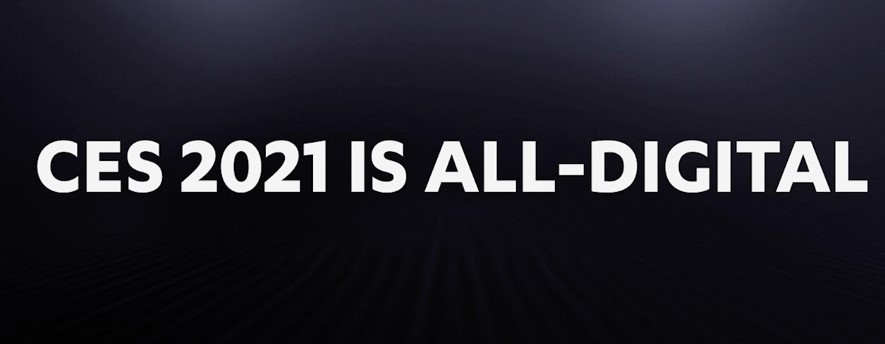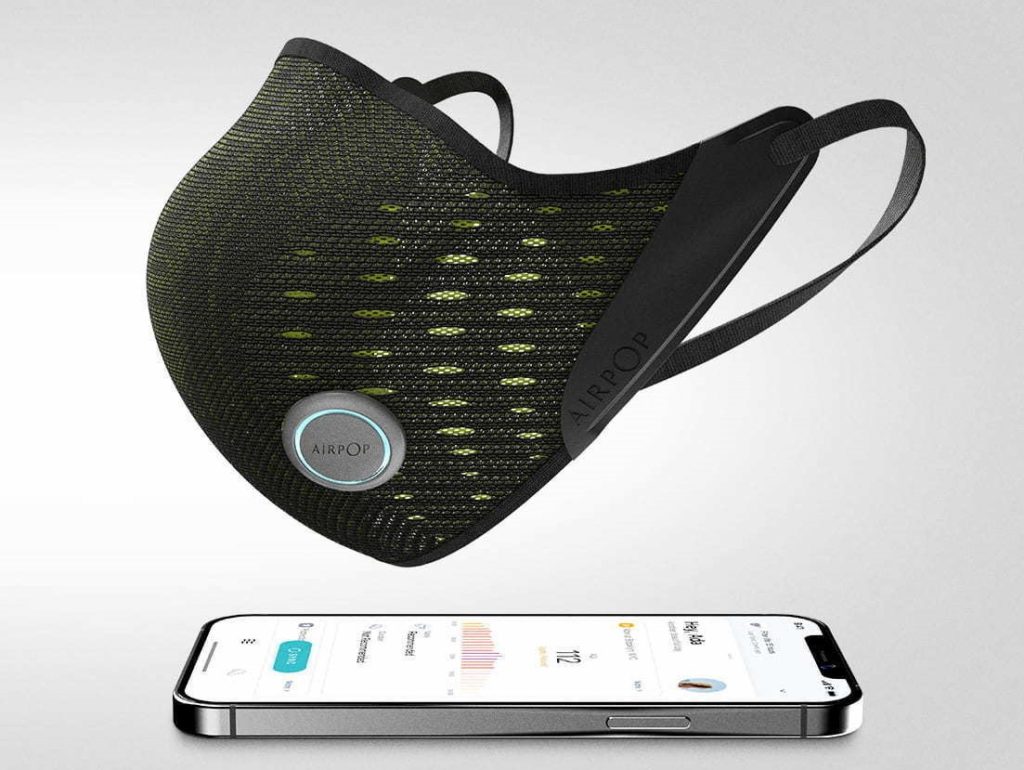Flying cars, coronavirus detection devices, and kitties simulators. Collected in the article the most interesting exhibits of the CES exhibition, which was held last week in the United States.

Every year, Las Vegas hosts the International Consumer Electronics Show (CES), where both major corporations and well-known brands, as well as small startups, show their technological achievements. Despite the pandemic, this year the exhibition was still held, however, in an online format. Two thousand companies from 130 countries presented their developments.
Technologies against the epidemic
The exhibition focused on gadgets related to life in pandemic conditions. BioIntellisense company has introduced a device for detecting coronavirus in the human body. The gadget is glued to the chest and recognizes the earliest symptoms of the disease.
The device constantly monitors the temperature, respiratory rate, heart rate, and other indicators. By analyzing the results, the device determines whether a person is sick or not.
Representatives of BioIntelliSense expect that companies will massively purchase devices for employees to stop the COVID-19 spread.

AirPOP attracted attention with another exhibit — a protective mask with Active + Bluetooth.
The sensor located on the mask transmits data to the application on the smartphone about the number of breaths and air quality and also reminds you to change the filter. The mask runs on a battery, and its cost for buyers is $ 150.
Cars, kitties, and a housekeeper robot.
General Motors has presented several driverless car developments, including electric air tax with the vertical take-off and eVTOL landing i. However, the company is not yet thinking about launching the model into production, just demonstrating its intentions.

However, the simulators of kitties of the Japanese startup Yukai Engineering are already available to users. Qoobo is a fluffy pillow with a tail that mimics the vibrations and purring of a cat. A meow pillow can be purchased for $ 149 or a smaller version for $ 80.
Samsung has introduced a robot that can handle household chores. It has artificial intelligence, is equipped with cameras and displays, and is able to connect to "smart" home appliances. The assistant was called Bot Handy because its distinctive feature is an analog of a hand with a grip. The robot “understands” what object it takes and can calculate the force of impact. So, Bot Handy can not only run the dishwasher on Wi-fi, but also independently load the dishes there, and then get it out.

What did the Russian developers present?
The company Resonance from Russia demonstrated wireless TV powering technology.
The system works by using an electricity transmitter and a receiving coil, which must be built into the TV. The distance between the transmitter and the device should not be more than 50 cm, and the power of such technology is designed for 150 watts.
This is not the first development of a wireless TV, but Russian technology is different from the previous ones as it is based on the properties of the electric field. Now, this development receives a patent, but the company does not plan its own production.